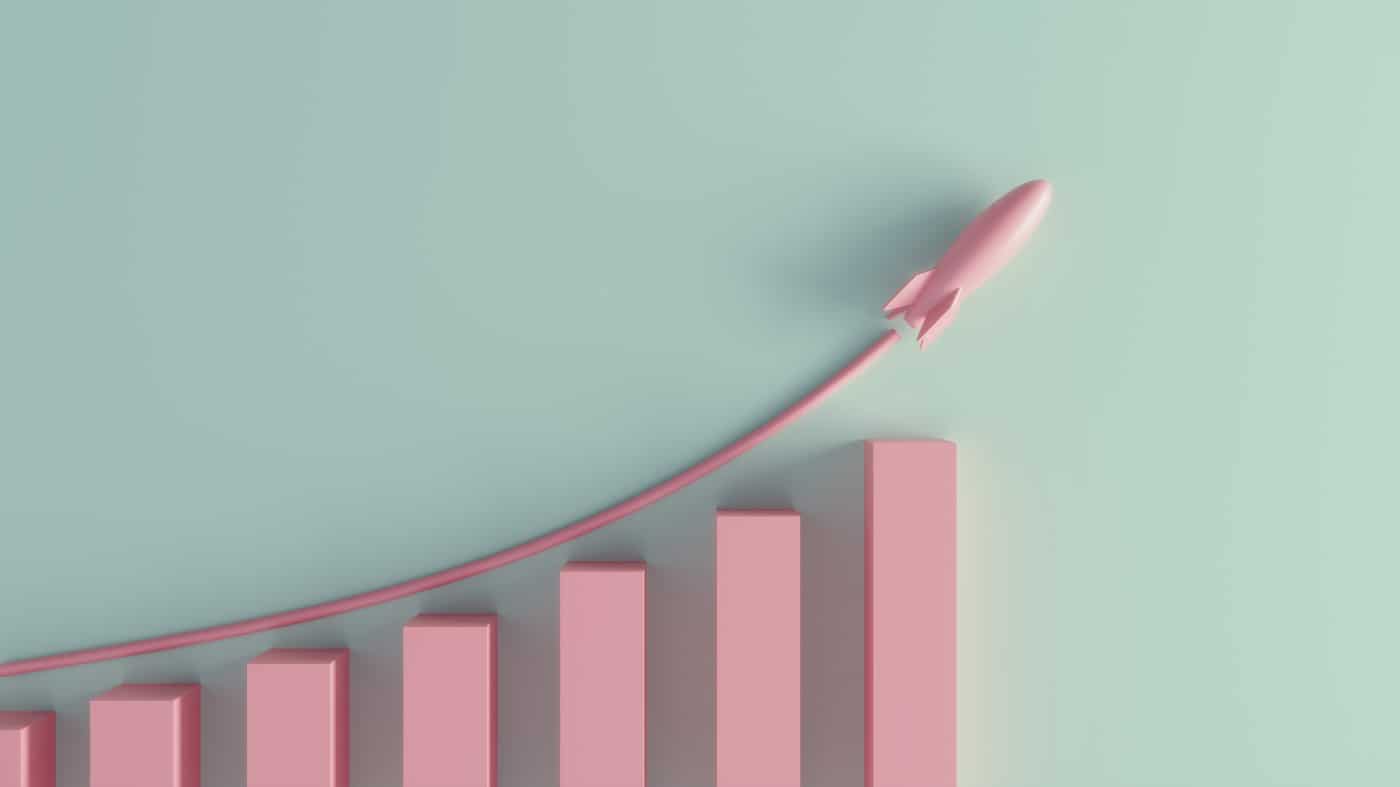Global stock markets started the year well. The S&P 500 is up 9.1%, while the Japanese TOPIX has leapt 14.2%. However, the FTSE 100 has added just 2.3% this year. Meanwhile, some of its constituents’ shares prices are doing well, including Aviva‘s (LSE: AV).
Turning 24
I worked in the insurance industry when Aviva was created by the merger of Norwich Union and CGU in 2000. The group later rebranded as Aviva — ‘youthful’ in Latin — in July 2002, but can trace its roots back to 1696.
Today, Aviva has around 18m customers in the UK, Ireland and Canada. The country’s largest general insurer, it also provides life, pensions and investment policies. But CEO Amanda Blanc had a tough time when she took over in July 2020.
Aviva advances
In 2020, coronavirus restrictions sent share prices plunging worldwide. In mid-2020, Aviva’s collapsing share price flirted with breaking below £2. However, it bounced back hard and is close to five-year highs.
At its 52-week low, the stock hit 366p on 8 September 2023. It’s since rebounded by 34% in six months — a decent return from a staid FTSE 100 firm.
On Friday, 5 April, the shares closed at 490.4p, valuing the group at £13.4bn as a Footsie stalwart. This is 2.2% below its 52-week high of 501.4p, hit on Thursday, 4 April.
Here’s how the Aviva share price has performed over six timescales:
| Five days | -1.3% |
| One month | 8.7% |
| Six months | 26.3% |
| YTD 2024 | 12.8% |
| One year | 19.9% |
| Five years | 19.4% |
Barring a modest drop in the last week, Aviva shares have produced positive returns over five periods. They’re up a fifth over 12 months, versus +2.2% from the FTSE 100. Over five years, the Footsie is up 6.4%, while Aviva has tripled this increase.
Delicious dividends
The above gains exclude dividends, which are very generous from Aviva. Here are the firm’s payouts for the last four years:
| Year | 2023 | 2022 | 2021 | 2020 |
| Total dividend | 33.4p | 31p | 22.05p | 27p |
After falling back in 2021, Aviva’s dividends rose by 40.6% in 2022 and 7.7% in 2023. Also, 2023’s final payment of 22.3p goes ex-dividend next Thursday (11 April) for payment on 23 May.
Based on its 2023 dividend, Aviva has a dividend yield of 6.8% a year versus the FTSE 100’s yearly cash yield of 4%.
Is £6 in sight?
My wife and I own Aviva stock, buying at 397p a share in July 2022. To date, we’re up 23.5%, but have also received 42.1p a share in dividends, with 22.3p coming next month.
Though the share price has broken £5 at five points in the past decade, it hasn’t hit £6 for 10+ years. That said, I’m hopeful that it may breach this level in 2024-25. But it’s not guaranteed and my hopes could well be dashed.
With a rising dividend and a new £300m share buyback, it’s returning billions of pounds of capital to shareholders. It could even become a takeover target by a larger US or European rival.
Then again, insurance is about risk, so sometimes things go awry. The harsh winter of 2022-23 hammered insurers, plus their stocks fell when asset prices dived in 2022. Even so, we intend to keep our Aviva shares for the long term — even if they hit £6 or £7!








